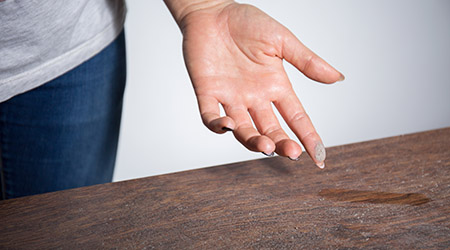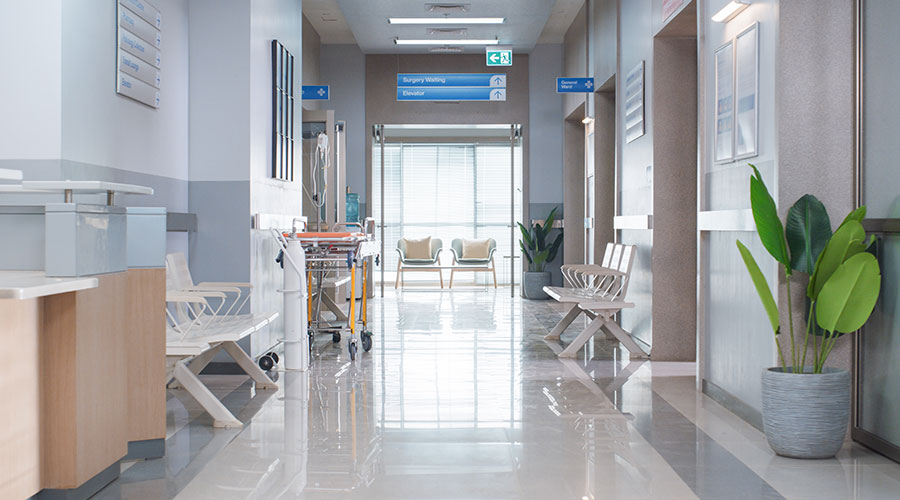Dust is defined as particles light enough to be suspended in air. Have you seen dust particles in a shaft of sunlight coming through a window? Then you know that dust is present in most building environments. To remove the dust, we must remove pollutants from the environment and put them in their proper place.
Understanding threats
Dust can be harmful to everyone in your facilities. Not only does it introduce allergens into the air. Italso transports airborne bacteria. Dust also has been linked to the development of different infections. Microorganisms in dust can survive for long periodsand are easily transferable to numerous other surfaces, making dusty rooms breeding groundsfor sickness and infection.
A person's mere presence in a room can add 37 million bacteria to the air every hour. The bacterial material is largely left behind by the previous occupants and stirred up from the floor when someone enters the room. People are re-suspending what has been deposited before, and floor dust is a major source of the bacteria we breathe.
Dust is made up of all sorts of contaminated particles. Many of them are harmless, but some can cause fatal infections or illnesses.Dust associated microbes, such as MRSA and Acinetobacter, settle on rarely cleaned or inaccessible surfaces, such as flower shelves, wall-mounted televisions, and door frames.
Taking action
Because microorganisms found in dust can survive for an extended period and are easily transferable to multiple surfaces, it is imperative that hospitals address debris quickly and efficiently to ensure the safety of patients and employees.
A visual assessment is one of several methods available to assess the efficacy of cleaning. His assessment is most applicable to the monitoring of horizontal surfaces in a patient’s room. To ensure that the room is clean, use a high-intensity, pocket-size flashlight parallel to the surface. This allows you to see any visible dust and debris.
With dust control, it is important to be proactive. Implement a daily surface and floor-cleaning strategy. Choose high-quality cleaning supplies and products well-suited for dusting, surface cleaning and sweeping, high dusting and trapping debris and hair on wet and dry floors. Consider using floor mats to catch dust off shoes at doorway entrances and exits.
Dusting removes dust particles from hard, horizontal surfaces. The dusting method must not stir up more dust particles into the surrounding air than it removes.
The cleanliness of your facility is a big part of your patient’s first impression of the care they will receive while in your hands. Dust is noticeable visually and by smell. When a prospective patient sees a dusty surface or floor, they begin to wonder what other details at your facility slip through the cracks.

 Designing Healthcare Facilities for Pediatric and Geriatric Populations
Designing Healthcare Facilities for Pediatric and Geriatric Populations Kaiser Permanente Announces New Hospital Tower at Sunnyside Medical Center
Kaiser Permanente Announces New Hospital Tower at Sunnyside Medical Center Building Disaster Resilience Through Collaboration
Building Disaster Resilience Through Collaboration Amae Health Expands to New York City
Amae Health Expands to New York City Hospital for Special Surgery Opens Two New Facilities in New Jersey
Hospital for Special Surgery Opens Two New Facilities in New Jersey